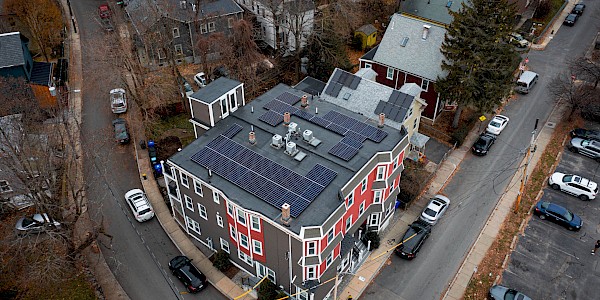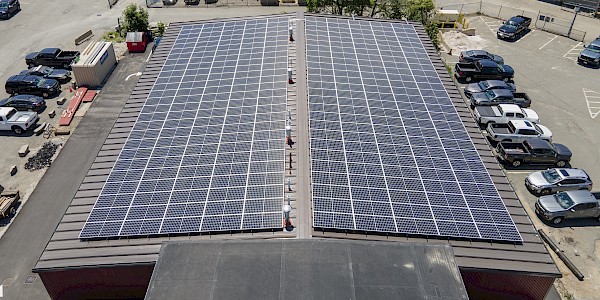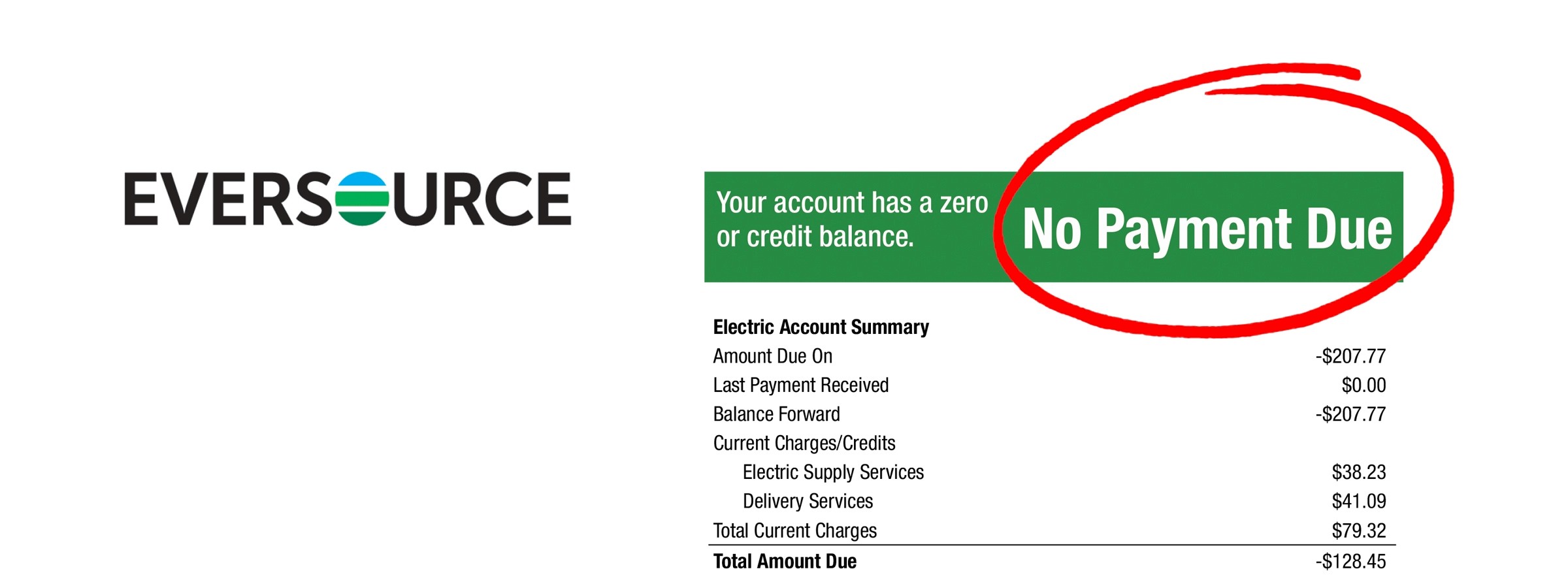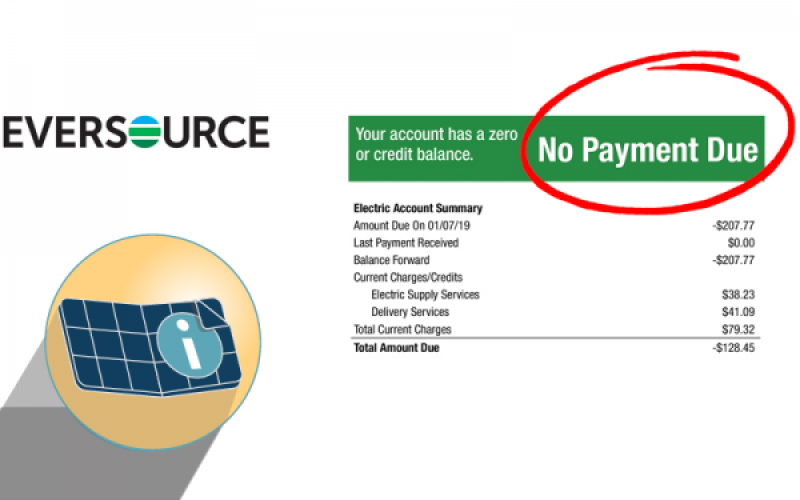How to Read Your Electric Bill with Solar
Apr. 27, 2021
So, you’ve had residential solar panels installed, they’ve been switched on, and you’ve been using them to power your home—congratulations! But then an electric bill comes in the mail. Wait a minute, you might say to yourself, I thought you could eliminate your electric bill with solar panels?
Solar can reduce or eliminate your electricity costs, but you do still have an electric bill with solar panels, even if you don’t owe anything. Here’s why:
In a grid-tied solar system, your solar panels are connected to the electric grid. This allows you to pull electricity from the grid when your solar panels are not producing enough energy to meet your needs. It also allows you to send any excess energy that your solar panels produce back to the grid in exchange for a credit. This is called net metering.
For net metering to work, your utility company needs to keep track of what’s coming in and what’s going out. A meter will be installed at your home in order to accomplish this, and your utility company will read the meter at regular intervals. Then, they’ll send you a bill every month, documenting the amount of electricity you took from the grid and the amount of electricity your solar panels fed into it.
Example of an Electric Bill with Solar
Your electric bills will look different after you have solar panels installed, and reading them can be a little confusing at first. Let’s take a look at an average electric bill with solar panels as an example.
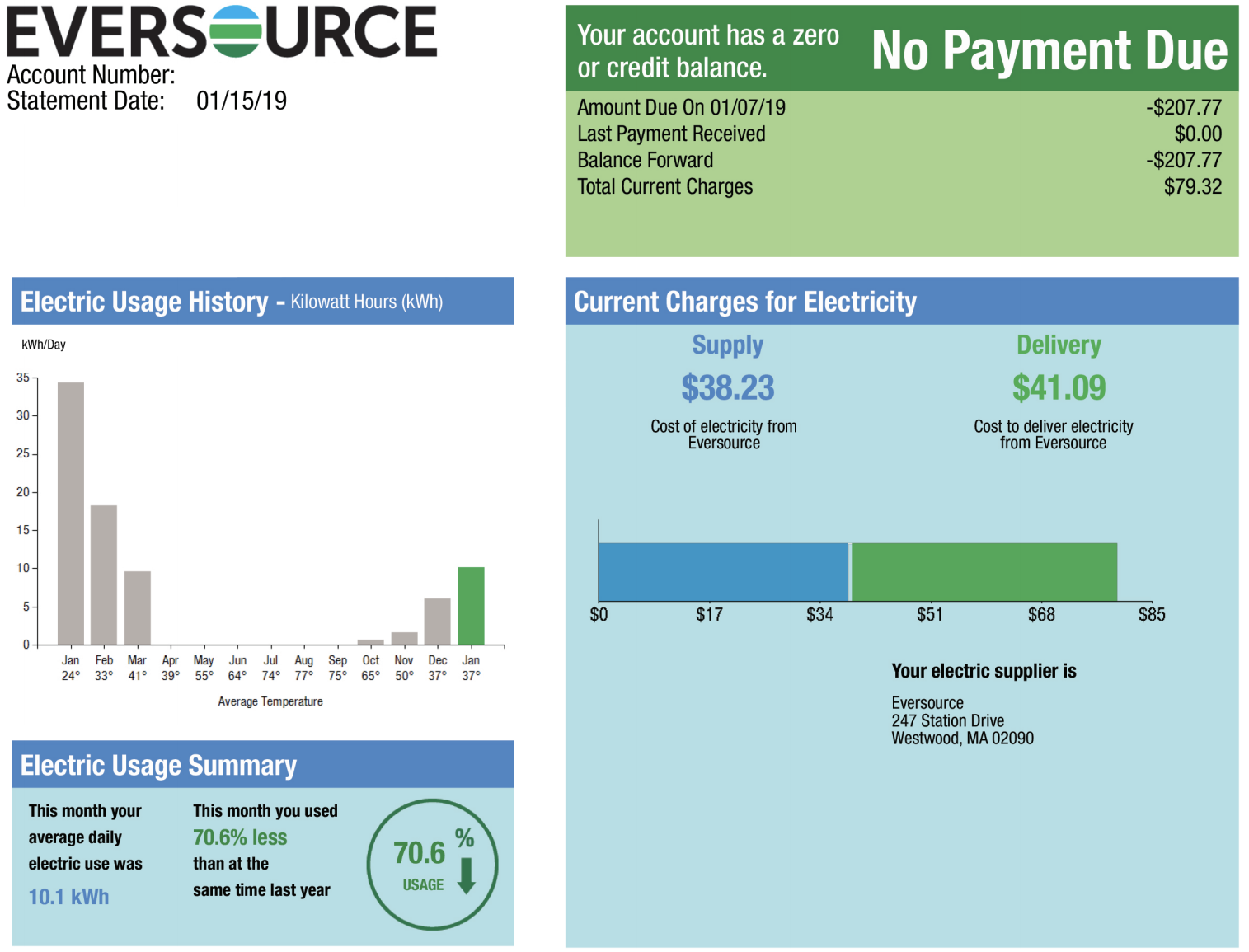
The image above shows the first page of an electric bill for a homeowner who had solar panels installed by Boston Solar. The most exciting thing about this bill are the words “No Payment Due,” which you’ll see right at the top. This means that the customer does not owe their utility company any money this month, thanks to their solar panels—yay!
In fact, they probably won’t owe anything for a while, if ever. Take a look at the “Balance Forward,” which is listed as -$207.77. This is the customer’s balance at the end of their last billing period. It’s negative, which means the utility company actually owes them because of the net metering credits they have accrued.
Now, look at the “Total Current Charges,” listed at $79.32. This is the amount of grid-generated electricity the customer used during this billing period. When we subtract that amount from the customer’s balance, we end up with -$128.45. So, the customer does not have to pay anything for the grid-generated electricity they used during this billing period, and they’ll still have a negative remaining balance which will be forwarded to the following cycle.
It’s important to note that this billing cycle ranges from mid-December to mid-January. Because these are dark, winter months, it makes sense that the customer needed to use some grid-generated electricity. But because their panels produced so much excess electricity during the spring and summer months, they were able to accrue enough net metering credits to pay for the grid-generated electricity they would come to need during the winter.
To further reduce your reliance on the grid during the winter months, you can include solar battery storage with your system. This will allow you to store excess energy your panels produce during peak sunlight hours so that you can use it once the sun has set, saving you more money
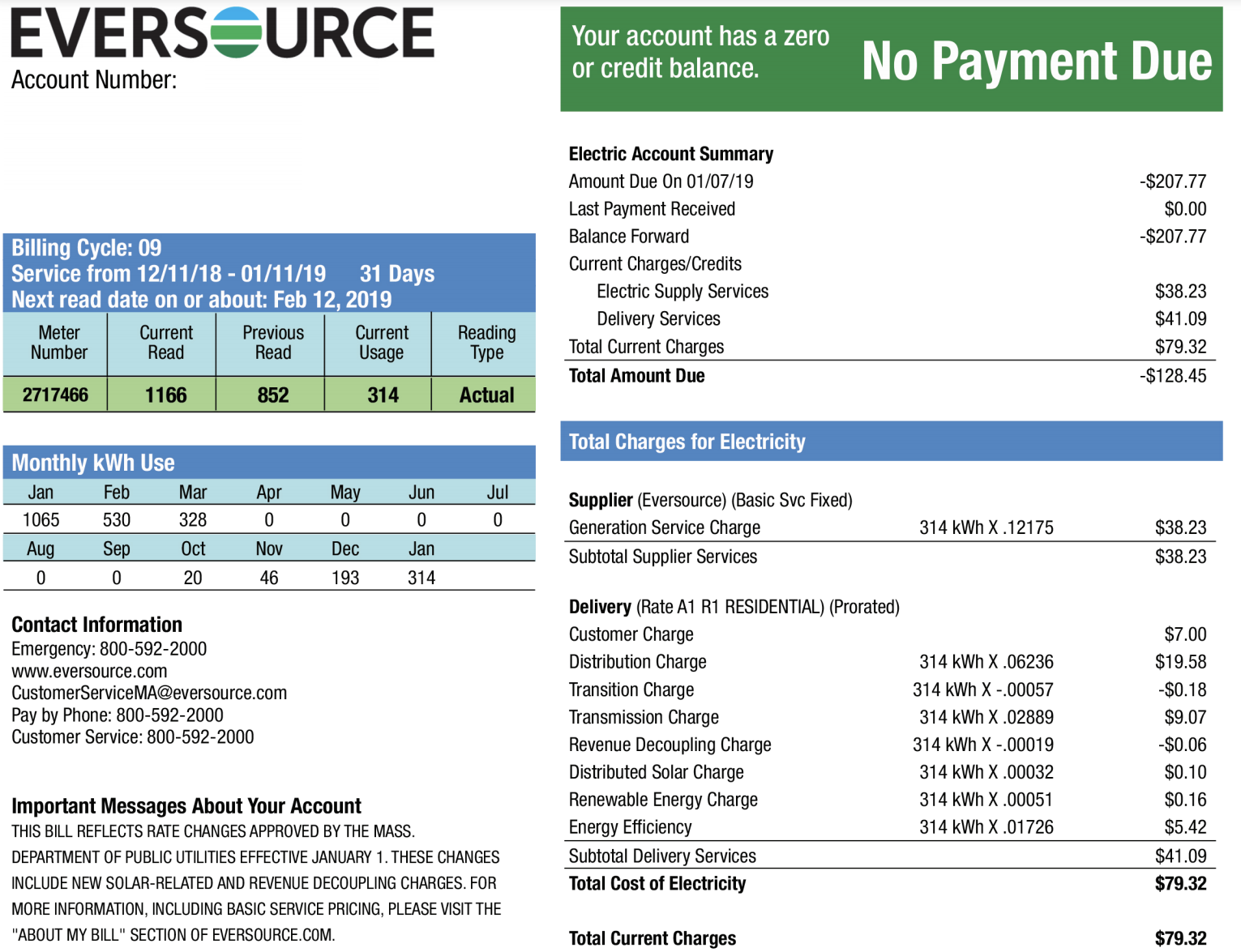
The image above shows the second page of the same electricity bill, which goes into a little more detail. Here we can see that the utility company has done the math for us and established the new Total Amount Due as -$128.45. We also see a breakdown of the electricity costs, itemizing the Electric Supply Services and the Delivery Services.
Notice the Generation Service Charge. Here we can see that the utility company has charged the customer for 314 kWh at $0.12175 per kWh, for a total of $38.23 in Electric Supply Services. The same equation is used to calculate your net metering credits—if the rate at which the utility is charging for electricity goes up, the value of your credits increases to match.
While this electricity bill is for the billing period from 12/11 - 01/11, take a look at the chart in the left column. This chart shows monthly kWh use. You’ll notice that this homeowner with solar had 0 kWh use from April - September! During that time, the homeowner was collecting more and more net metering credits to continue to offset their electricity bill to a negative balance even in the winter months, like with this bill.
Want Your Energy Bill to Look Like This?
When you trust Boston Solar with your solar panel installation, we’ll aim to offset your electricity costs by 100% so that you too can see the words “No Payment Due” at the top of your electric bills month after month.
Boston Solar is the #1 MA-based residential solar installer, and we’ve completed over 4,500 solar energy installations. Our team is highly experienced and committed to helping our customers save as much money as possible with solar. With our solar financing options, we can even help you own solar panels for $0 down and be cash positive. Give us a call today to learn more.
Want to see “No Payment Due” at the top of your energy bills? Call Boston Solar at 617-858-1645 or contact us online to find out how much you could save with solar.

